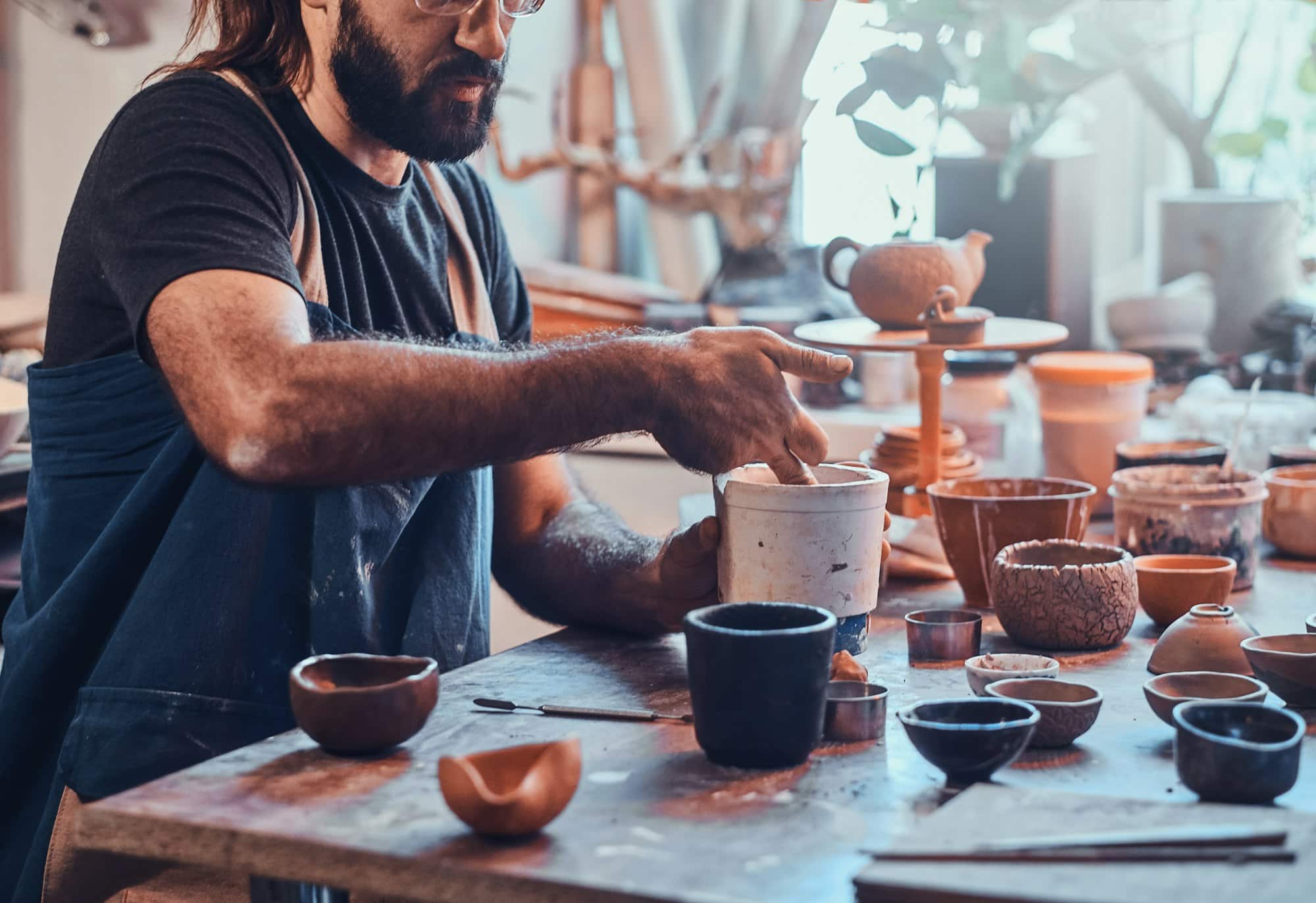Unlock the timeless secrets of ancient hydration with handmade olla pots, the age-old yet ever-relevant solution for sustainable gardening. Dive into the rich tapestry of history and emerge with knowledge on adapting these traditional watering vessels to nourish your modern garden oasis. Explore the fusion of craftsmanship and conservation as you learn to choose, create, and maintain these eco-friendly watering marvels.
The Ancient Art of Olla Irrigation Reimagined for Modern Gardening
Olla pots, a time-honored solution for irrigation, have been quenching the thirst of crops for millennia. Originating over 4,000 years ago, these terracotta vessels have been unearthed in archaeological sites from China to North Africa, a testament to their widespread historical use.
Lire également : Update debian: secure your server today
Today’s eco-conscious gardeners are breathing new life into this ancient technique. By adopting handmade olla pots, they’re championing a sustainable approach to plant hydration. The modern twist on olla pots marries traditional design with contemporary needs, ensuring that gardeners can maintain their green spaces with minimal environmental impact.
These pots are strategically buried next to plants, allowing water to seep through the porous clay directly to the roots. This method minimizes evaporation and runoff, making every drop count. It’s a water-wise solution that’s as relevant now as it was in antiquity, particularly in areas where water is a precious resource.
A lire également : What Are the Best Home Automation Systems for UK Households on a Budget?
Whether crafting a DIY olla or purchasing one, gardeners are finding that these pots are a simple yet effective way to support their gardens while conserving water.
DIY Olla Pots: A Step-by-Step Guide to Efficient Watering
Creating your own DIY olla pots is a rewarding project that enhances your garden’s efficiency and sustainability. Here’s how to craft these terracotta watering devices:
- Seal the Drainage Hole: Start by sealing the drainage hole of an unglazed terracotta pot. Use silicone or a concrete mixture for a permanent seal.
- Bury the Olla: Dig a hole in your garden close to the plants’ roots. Bury the pot so that the neck is just above the soil surface.
- Fill with Water: Pour water into the olla until it’s full. Cover the opening to minimize evaporation.
Using olla pots properly is crucial for their effectiveness:
- Placement: Install ollas about a foot away from large plants and closer for smaller ones.
- Watering Schedule: Refill ollas regularly, considering factors like plant needs, pot size, and weather conditions.
The benefits of homemade olla watering devices include:
- Water Conservation: Ollas deliver water directly to the roots, reducing waste.
- Root Health: The slow release of water promotes strong root systems.
- Adaptability: Adjust the number and placement of ollas based on garden layout and plant sizes.
By following these steps, you can find the perfect olla pot among a wide selection for your garden’s unique requirements.
Selecting and Maintaining Your Olla Pots for Optimal Garden Health
Choosing the right olla pot depends on the type of plants you’re nurturing. Larger plants with deeper roots require bigger ollas placed further away, while smaller plants benefit from more modestly sized ollas situated closer. When considering where to buy olla pots, look for quality handmade options that ensure proper porosity and longevity.
Maintaining your olla pots is straightforward yet essential. Regularly inspect for blockages and cracks, especially before winter to avoid freeze damage. Clean them annually to prevent salt and mineral buildup, ensuring efficient water flow.
Soil moisture levels are crucial in olla pot irrigation. The terracotta’s porosity maintains optimal moisture, preventing over or under-watering. Monitor the soil and adjust your watering schedule to accommodate seasonal changes and plant growth.
In summary, care and maintenance of olla pots, along with thoughtful selection, are key to harnessing this ancient method for a thriving, water-efficient garden.






